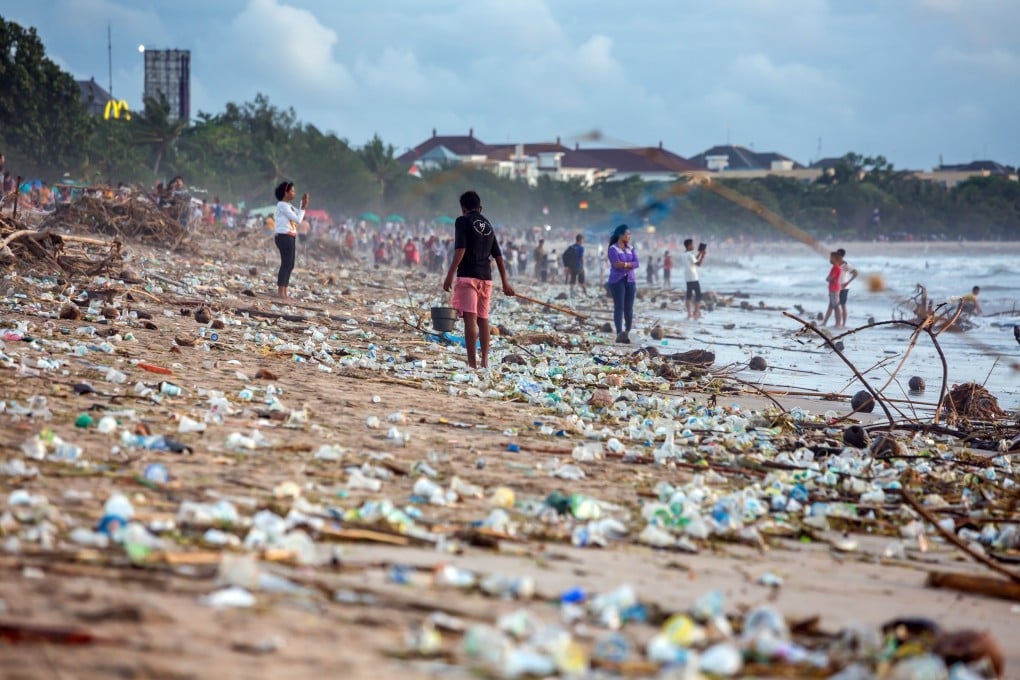Destinations known | Bruised Bali faces a looming environmental crisis – and tourism is to blame
- The Indonesian island was included in travel publisher Fodor’s list of destinations to avoid in 2020
- Chinese and Australian arrival numbers beginning to drop off as a water shortage threatens Bali’s very survival

When Fodor’s included Bali on its list of 13 destinations to think twice about before visiting in 2020, officials on the Indonesian resort island weren’t best pleased. According to the travel guide publisher, overtourism is to blame for the destination’s downsides, which include a reportedly increasing number of unruly Aussies (and others), Chinese zero-dollar tour groups that give little back to the local economy and a serious water shortage exacerbated by unchecked development.
In response, Bali’s vice governor, Tjokorda Oka Artha Ardana Sukawati, said in a statement: “We [ …] invite tourists, while they are on vacation, to upload photos or videos on social media [showing] Bali in a positive light.” Clean beaches, well-organised hotel gardens and friendly Balinese were some of the scenes he suggested sharing, presumably to counter those of plastic-strewn sands and bar brawls that have gone viral in recent months.
But there were signs Bali’s appeal, once infallible, was waning, even before the travel media turned on the island (although, bucking the trend, on December 12, Vogue Living Australia published a list of “13 beautiful new hotels in Bali worth packing your bags for.”) This month, The Australian reported that tourism on the Island of the Gods had slumped for the first time in more than a decade, “with the overcrowded Indonesian island recording close to zero growth this year on the back of a dramatic downturn in Chinese tourism numbers”.
Citing figures from Bali Tourism Board, the broadsheet stated that arrivals for the first 10 months of 2019 grew by less than 1 per cent, compared with almost 17 per cent in 2017, led by a 15.43 per cent year-on-year drop in Chinese visitors, largely the result of local authorities cracking down on zero-dollar tours and the businesses associated with them. However, Australians – once considered Bali’s bread and butter – are also staying away, sliding to third place in terms of traveller numbers, behind Chinese and “Europeans”, a somewhat wide-ranging source market, according to The Australian.

On December 4, The Jakarta Post also reported on the decline in arrivals from China, noting an Indonesia-wide dip of 5.28 per cent, equating to 1.77 million Chinese arrivals during the first 10 months of the year, significantly short of its ambitious goal of 10 million tourists from the world’s second-largest economy by the end of 2019.
